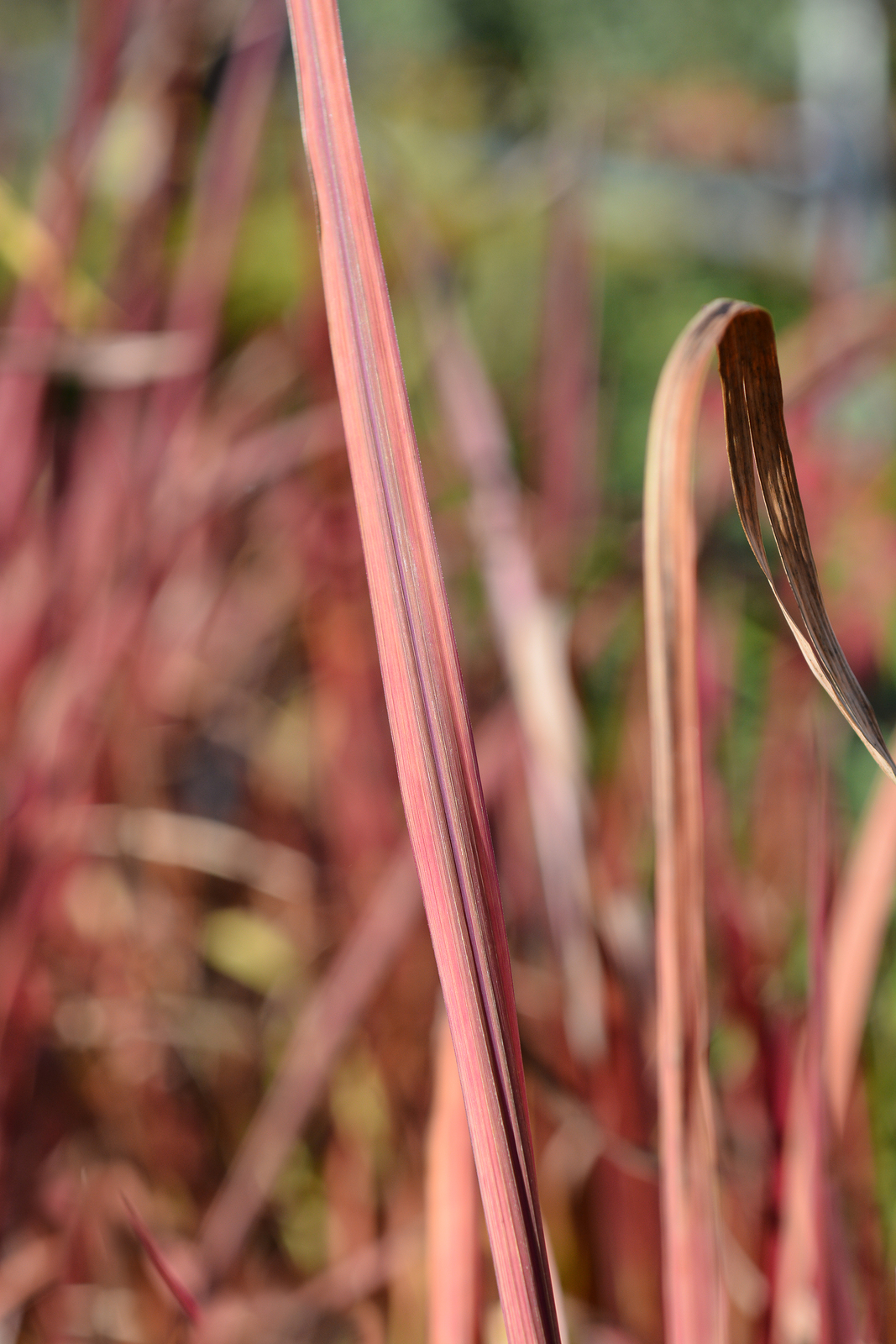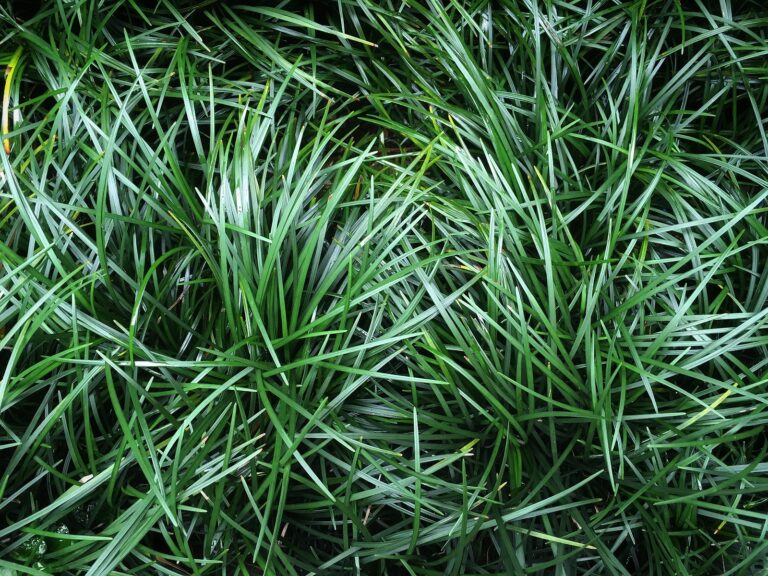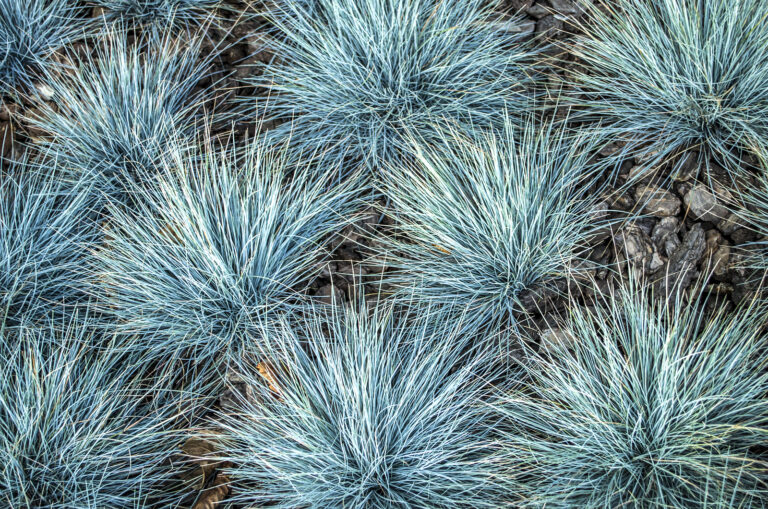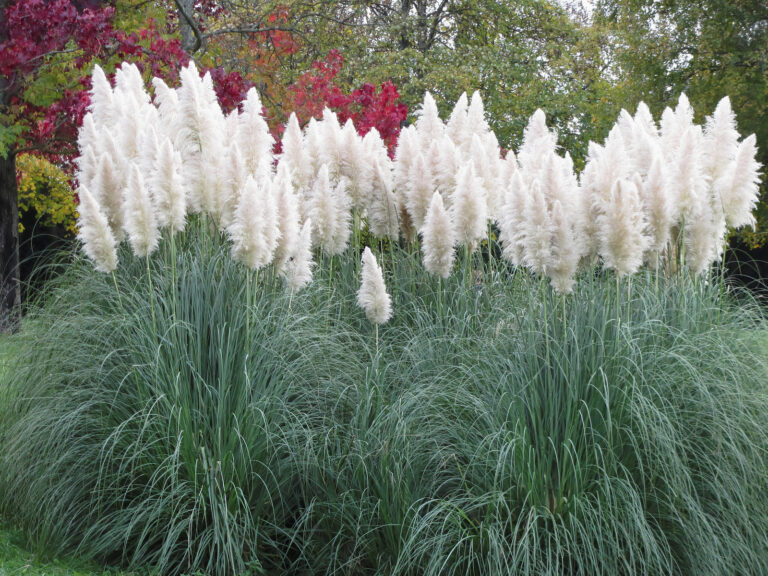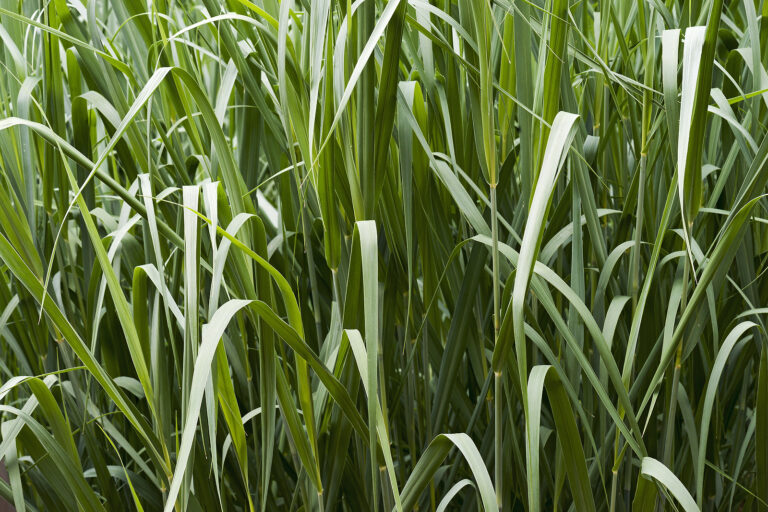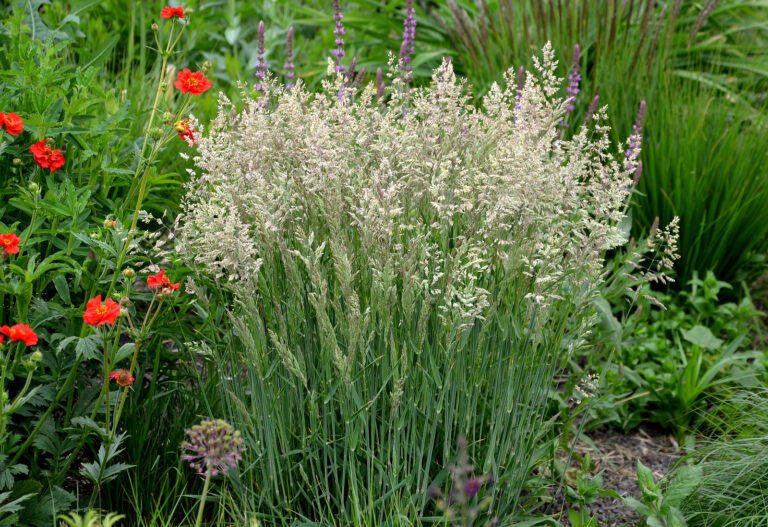How to Grow Japanese Blood Grass – Imperata
Imperata–commonly called Japanese blood grass–is a clumping grass with erect stems 12 to 24 inches (30-61cm) tall; the top half of each stem is rich blood red.
Imperata forms loose clumps of flat, linear mid-green leaves in spring. The leaves quickly turn deep-red from the tips almost to the bases.
Imperata is striking in mixed or herbaceous borders and in woodland gardens. It is completely dormant in winter. It rarely flowers except where summer is long and hot. Flowers are fluffy, silvery-white spikelets.
Imperata is a genus of six species. All are rhizomatous, perennial grasses. Imperata is native to warm-temperate grasslands in Japan.
Get to know Imperata
- Plant type: Perennial grass
- Growing zones and range: Zones 5 to 9
- Hardiness: Hardy to Zone 5
- Height and width: 1-2 feet tall (.3-.6m)
- Growth rate: Slow
- Form and habit: Clumping
- Foliage: Slender-stemmed grass; flat, linear, pointed leaves
- Flowers: Erect, spike-like panicles of short, silvery spikelets, 1-2 feet (.3-.6m) tall
- Bloom time: Summer
- Uses: Front of mixed or herbaceous border, containers, woodland garden
- Common name: Japanese blood grass
- Botanical name: Imperata
- Family name: Poaceae (Graminae)
- Origin: Japan
Where to plant Imperata
- Plant Imperata in full sun or light, dappled shade.
- Plant Imperata in moist but well-drained, humus-rich soil.
When to plant Imperata
- Set container-grown Imperata in the garden in spring or autumn.
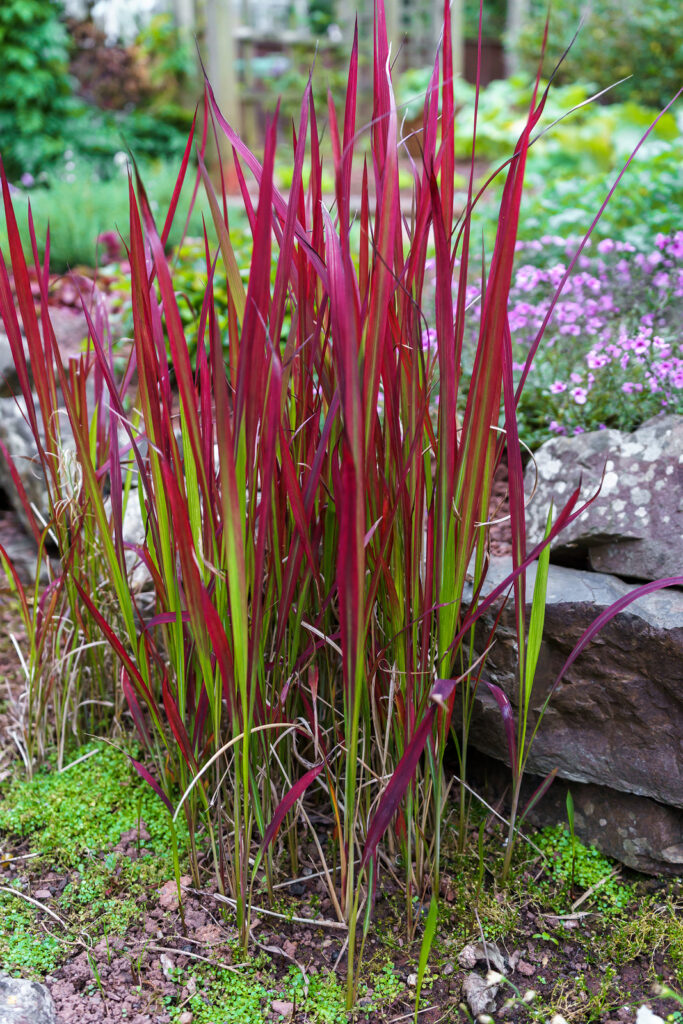
Planting and spacing Imperata
- Space Imperata 12 inches (30cm) apart or more. Clumps slowly spread.
How to water and feed Imperata
- Give Imperata regular water.
- Feed Imperata with an all-purpose organic fertilizer two to three times.
How to care for Imperata
- Imperata are completely dormant in winter.
Imperata pests and diseases
- Pests and diseases are infrequent.
Imperata propagation
- Divide Imperata in spring or early summer.
Imperata varieties to grow
- Imperata cylindrica ‘Rubra’, Japanese blood grass, slowly spreading, perennial grass forming loose clumps of flat, linear, mid-green leaves, to 20 inches (50cm) long, which quickly turn deep blood-red from the tips almost to the bases. Narrow, spike-like panicles, to 8 inches (20cm) long, of fluffy, silvery white spikelets, to 1.8 inch (4.5cm) long, are produced in late summer. To 16 inches (40cm) tall and 12 inches (30cm) wide or more.

